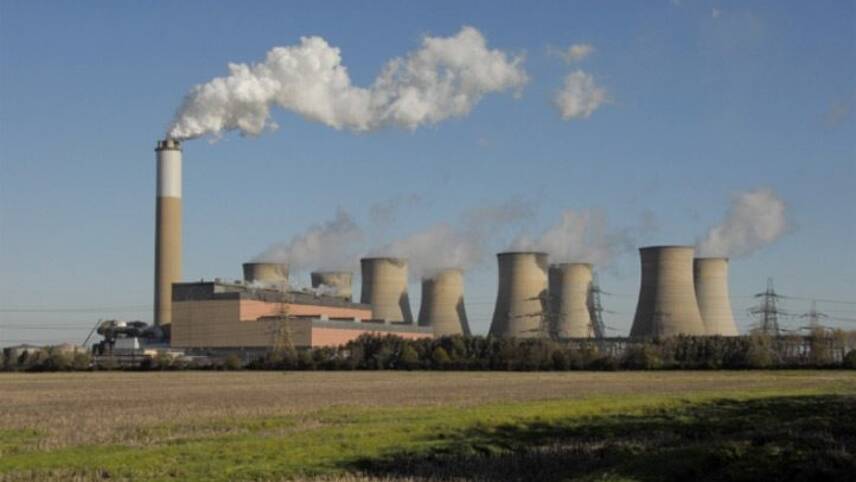Register for free and continue reading
Join our growing army of changemakers and get unlimited access to our premium content

Pictured: The Cottam coal power station
Conducted by financial markets analysis giant Refinitiv, the analysis compared emissions trading data both globally and nationally.
On a global basis, it found that turnover in the carbon market in 2019 was five times greater than in 2017. Refinitiv attributes this growth largely to improvements in policy, made off the back of the IPCC’s landmark reports on climate change and resulting swell in climate activism. In all major markets, the analysis notes, carbon prices have risen or are predicted to rise in the near future, as market rules are tightened.
In the EU, for example, carbon prices stood at around €26 per tonne last summer, up from €17 per tonne at the start of 2018. As part of the EU’s Green New Deal, the bloc is targeting carbon neutrality by 2050 at the latest, with policy mechanisms supporting that long-term aim expected to include a higher carbon price.
“We attribute the European price rally mainly to anticipation of the Market Stability Reserve that came into effect in January 2019,” Refinitiv’s senior carbon market analyst Anders Nordeng said.
“The MSR withholds a significant amount of emission allowances that would otherwise have come to market and thereby serves to tighten supply. The Green Deal proposals of the new European Commission and talk of reopening the 2030 emission target also lent support to prices.”
With a no-deal Brexit now off the table, the odds of the UK crashing out of the EU’s Emissions Trading System (ETS) are low. To replace the system after a transition period, UK Ministers have proposed a new carbon-emissions tax, which combined with the Carbon Support Price, creates a combined cost of £34 per tonne.
While higher than the EU’s price, green experts have continually argued that £34 is not high enough to spur market transitions in line with net-zero. Mark Lewis, an expert with the Carbon Tracker Initiative, estimates that the ETS would have to hit €50 for polluting European countries to start investing in cleaner technology. The We Mean Business Coalition, and member corporations including Schneider, SalesForce and DSM, have also made similar calls to action.
Global picture
While Europe accounted for almost 80% of emissions traded by volume in 2019, Refinitiv’s analysis also documented turnover growth in emissions trading in the world’s two largest economies – China and the US.
On the latter, the analysis details how turnover in North America’s Regional Greenhouse Gas Initiative and Western Climate Initiative grew significantly on the road to 2019. Total turnover (€22bn) was up 74% on 2017 levels.
Refinitiv predicts this trend will continue in the coming years, with a tightening of market rules and accompanying carbon price raise expected in 2021.
As for China, Refinitiv’s analysis confirms that the nation’s contribution to world carbon market turnover has continued to stagnate below 5% of the global total by volume. But the organisation notes that the Chinese ETS is due to come into effect this year, covering the power sector initially, and earmarked for expansion before mid-decade.
Pilots of China’s ETS saw 98 million carbon allowances, collectively worth €272m, traded in 2019. In comparison, 78 million allowances were traded in 2018. China notably has the biggest fleet of coal power stations in the world, by number and generation capacity.
Sarah George


This reveals quite clearly; the prime mover in the global warming/climate change/CO2 reduction is actually money. These traders have a zero interest in any of the others, just follow the money!
Richard Phillips